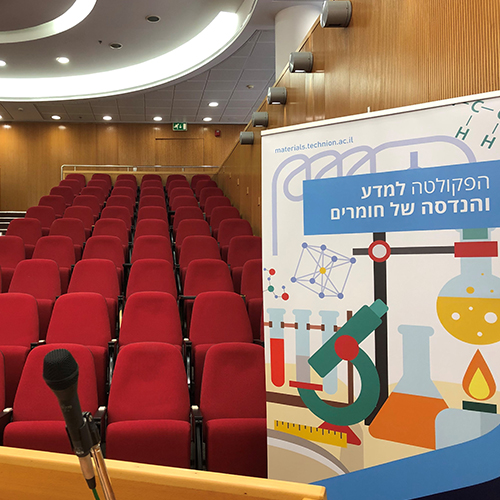
Mr. Hanqing Zhang - M.Sc. Candidate
23/02/2025
ZOOM
14:30 - Jerusalem time / 19:30 - Beijing time
Nanoparticles such as lead sulfide (PbS), cadmium sulfide (CdS), and tin sulfide (SnS) play critical roles in a variety of applications, from optoelectronic devices to catalysis and biomedical imaging. These nanoparticles exhibit unique size-dependent properties, including enhanced electrical, optical, and catalytic behaviors, making them essential in advancing technologies like photovoltaics, sensors, and quantum dots. However, conventional fabrication methods for metal sulfide nanoparticles, including chemical vapor deposition, hydrothermal synthesis, and precipitation, come with significant environmental and safety concerns. These methods often require toxic chemicals, high energy inputs, and generate harmful by-products, leading to challenges in scalability, sustainability, and safe handling for broader applications.
In our research, we are looking for alternative green synthesis approaches by yeast cells. First, to prove that the yeast Yarrowia lipolytica was able to produce the desired protein or enzyme by our designed system, we integrated several genes encoding the enzymes to enable the yeast cells to produce 1,4-butanediol, and a few reporters including fluorescence proteins and luciferase proteins. Next, several genome engineering tools were developed to modify the yeast sulfur metabolism for cellular H2S accumulation. With these tools, our engineered yeast synthesized PbS nanoparticles (NPs), and these NPs were extracted and characterized and confirmed by transmission electron microscopy. Photocatalytic activity of these NPs were also characterized.


